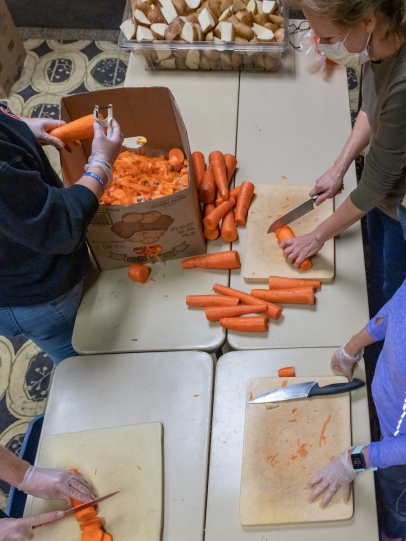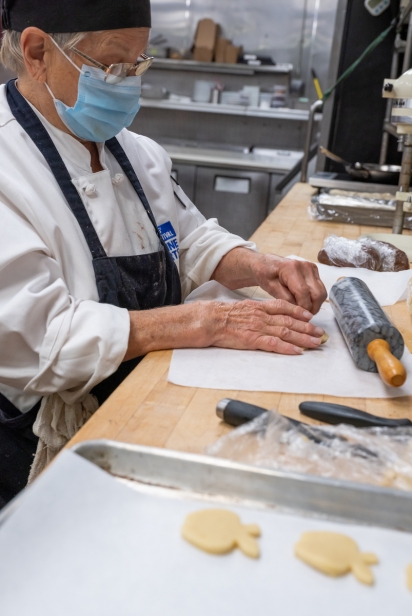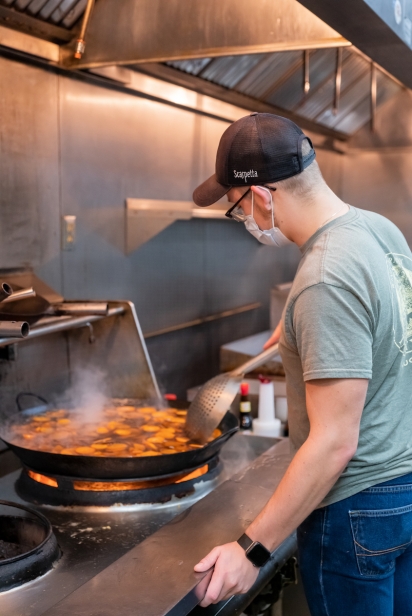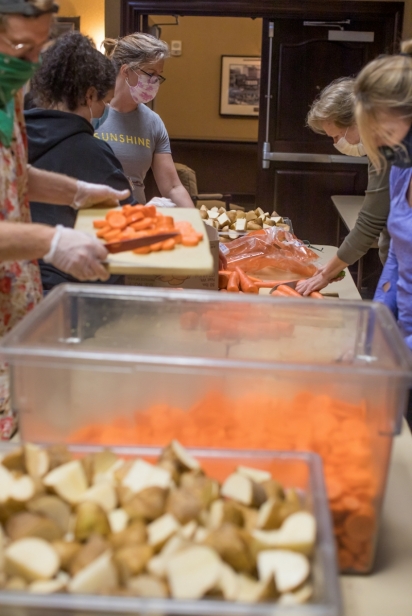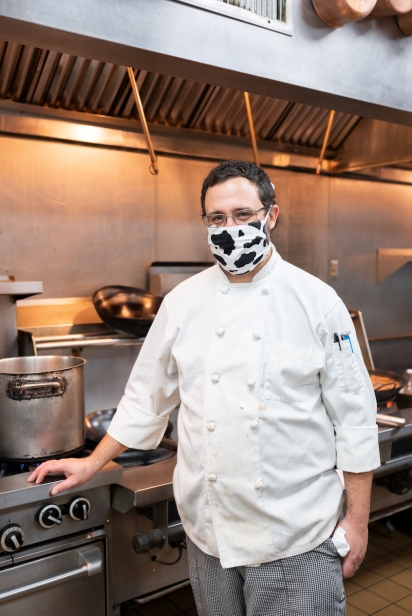Feeding Albany Nourishes New York's Soul
No one is immune from COVID-19 or hunger, but, as this pandemic has laid bare, some people are more vulnerable to its effects, and more likely to get exposed.
Countless studies and reports have linked food insecurity and higher rates of COVID-19 to the social inequalities caused by systemic racism. The Centers for Disease Control and Prevention (CDC) itself addresses what it calls the “long-standing systemic health and social inequities” in the U.S., adding that “many people from racial and ethnic minority groups” are at “increased risk of getting sick and dying from COVID-19.
It is a complex issue to be sure, but succinctly put, a complex array of challenges related to healthcare access, educational attainment and occupation have led to health, educational, income and wealth gaps, plus crowded housing conditions in the best of times. The pandemic has brought many of these issues to the forefront of the national conversation as unemployment soars, and people who were already more economically challenged have been thrown into freefall.
In Albany, a team of restaurant owners, who saw firsthand what the pandemic was doing to their own businesses, and their employees, many of whom live paycheck to paycheck, decided to do something about it.
“In March, when restaurants and bars across the state were shut down, and schools were closed, I started thinking about all of the kids who rely on their schools for free breakfast and lunch,” says Dominick Purnomo, co-owner of Yono’s and dp An American Brasserie. “I also started thinking about all of the restaurant workers who rely on getting at least one meal a day at work. So many people on our team have kids, I just started to see the scale of the disaster, and I knew I had to do something.”
Purnomo quickly learned that kids who qualify for breakfast and lunch assistance would still get it, as it’s a year-round benefit. “But what about dinner?” he asked. “And what about their parents?”
He and Jason and Kay Pierce, the co-owners of Albany’s Savoy Taproom, knew that whatever supplementary assistance their team members received didn’t add up to the cash tips they relied on either.
“We started looking at all of the product we had on hand that was going to expire, and we started reaching out to other people who we knew would want to be involved,” Purnomo says of the hectic push to essentially launch a nonprofit that could meet the needs of hungry people in the Capital District in a matter of days.
By April 8, Feed Albany was officially incorporated by founders Purnomo and the Pierces, plus Matthew T. Peter, an Albany County legislator and executive director of the Albany Parking Authority; Christine Tate, chief operating officer of VARA; and Joe Bonilla, managing partner and co-founder of marketing firm Relentless.
Initially, the goal was to provide temporary relief to restaurant workers who needed a hot meal, but their mission quickly evolved.
“We started a GoFundMe that has raised more than $100,000, and individual donations began rolling in, Berkshire gave us $5,000, Bank of America gave us $10,000, and then through a SEPCU matching program, we received $32,000,” Purnomo explains.
The scale of the crisis was also much more deep and vast than anyone anticipated. The first few weeks, they were making up to 2,000 meals a day, and people were able to pick them up at Yono’s Monday, Wednesday and Friday, no questions asked. Feed Albany started as a shoestring, volunteer-only operation, but in the ensuing months, they hired an executive director, Francesca Pardi, and a volunteer coordinator, Christine O’Neill, and it has become a full-fledged permanent nonprofit that does what Purnomo says he strives to do every evening in his restaurant.
“Look, we are in the hospitality business,” he says. “We want to serve people, show them a good time, make them happy. We put just as much into our meals for Feed Albany as we do into our restaurant projects.”
By June, Feed Albany had made more than 100,000 meals, from Yono’s kitchen. And they’re not your standard-issue bologna and cheese brown-bagged dinners.
“The menu depends on the products we have on hand, because we get a lot of donated food,” he says. “But just in the past few weeks we’ve had curried mussels, pasta Bolognese, broiled fish with beurre blanc and rice and vegetables, herb-roasted chicken with mashed potatoes and roast pork loin.”
The gourmet meals have not gone unnoticed by recipients.
“People are so excited to be getting this level of quality, and it’s great for us, too, when we see how happy they are,” Purnomo says. “We don’t just want to feed your belly here. We want to feed your soul.”
This pandemic has been tragic on so many levels, and no one could reasonably say that even the wisdom we have gleaned from it is worth the devastation. And yet, here we are, and glean we must to move forward.
Can all of us emerge from this crisis more mindful of the inequalities inherent in our society as it stands? More determined to change ourselves, our communities, our country, one meal at a time? Perhaps. Organizations like Feed Albany are doing more than just giving us food. They’re giving us hope.
HUNGER NATIONWIDE & IN NEW YORK
• For one in seven adults with children, their households lacked sufficient food in the last seven days.
• 9%–14% of adults with children reported their kids sometimes didn’t eat enough because they couldn’t afford it.
• The numbers those percentages represent: Between 7 million and 11 million children didn’t have enough to eat because of financial challenges
• Black and Latino adults were more than twice as likely as white adults to report their households didn’t get enough to eat; about 19% and 18% respectively, versus 7% of white adults.
• Governor Andrew Cuomo is also tackling the issue on the state level through the Nourish New York Initiative, which helps food banks buy food from local New York Farms and distribute the items to hungry families across the state. Thus far, about $25 million worth of surplus farm-grown milk, yogurt, cheese, vegetables, fruit and more, has been distributed in a bid to help both the farmers and the people of New York.
• As of September, New York’s food banks purchased and distributed more than 9.9 million pounds, or $12.8 million worth of surplus New York agricultural products.
• About 600,000 households have been assisted by state-sponsored food distribution events and programs.
Numbers come from the Center on Budget and Policy Priorities, which analyzed Census Bureau numbers in September and figures released by Governor Cuomo’s office.
Yono’s and dp An American Brasserie | @dpbrasserie
Savoy Taproom | @savoyonlark
Feed Albany | @feedalbany
Relentless | @relentlessmarketingconcepts


